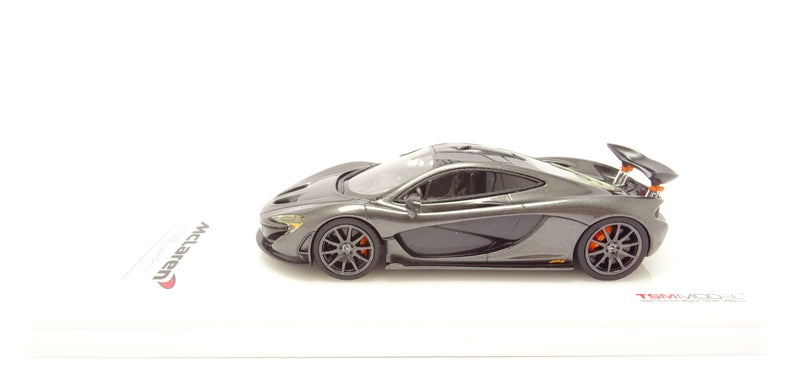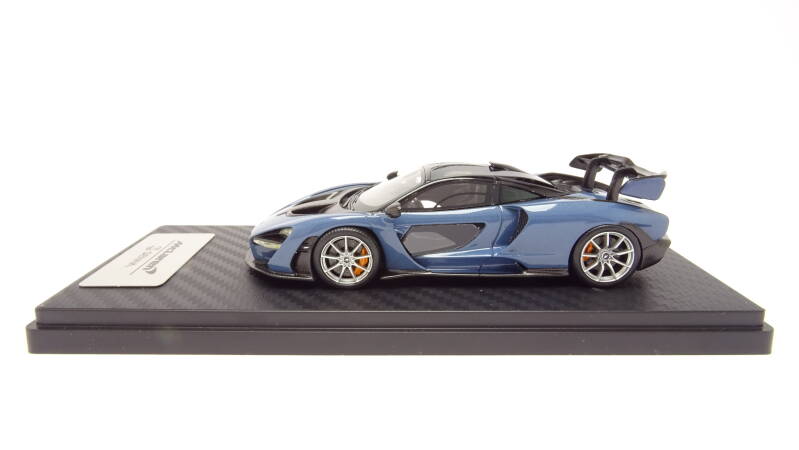

Bruce McLaren, a 26-year-old racer from Auckland, New Zealand, had been in the UK for five years when he founded Bruce McLaren Motor Racing In 1963.
McLaren Racing Limited, competing as McLaren F1 Team, is a British Formula One team based at the McLaren Technology Centre, Woking, Surrey, England. Founded in 1963 by New Zealander Bruce McLaren, the team won its first Grand Prix at the 1968 Belgian Grand Prix, but their greatest initial success was in Can-Am, which they dominated from 1967 to 1971.


Bruce McLaren Motor Racing, New Zealand, 1963-1981

Parent: McLaren Group, Woking, England, 1981-now

Headquarters: McLaren Cars, Woking, England, 1985-1994
dormant from 1994 to 2010

Headquarters: McLaren Automotive, Woking, England, 2010-2024

Parent: CVYN Holdings, Abu Dhabi, UAE, 2024-now


mp4-12c

The McLaren MP4-12C, later known simply as the McLaren 12C, is a sports car that was designed and manufactured by McLaren Automotive. It was the first ever production car wholly designed and built by McLaren, and their first production road car since the McLaren F1, which was last built in 1998. The car's final design was unveiled in September 2009 and was launched in mid-2011.

set of mp4 coupe and spider https://www.youtube.com/watch?v=BI76kANuJvg&ab_channel=thebiggarage

p1

The McLaren P1 is a sports car produced by British marque McLaren Automotive. It is a plug-in hybrid with a mid-engine layout. It was first shown at the 2012 Paris Motor Show, with sales of the P1 beginning in the United Kingdom in October 2013 and all of the limited run of 375 units sold by November 2013. Production ended in early December 2015. The United States accounted for 34% of the units and Europe for 26%.
It is considered by the automotive press to be the successor to the McLaren F1, utilising hybrid power and Formula One technology, but does not have the same three-seat layout. It was later confirmed that the Speedtail served as the actual successor to the McLaren F1.

set of p1 and p1 art https://www.youtube.com/watch?v=g2L3dyZOFe4



650s

The McLaren 650S is a British sports car designed and manufactured by British automobile manufacturer McLaren Automotive. It was announced in February 2014 as a new model, but based on the existing MP4-12C with 25% new parts, and was formally unveiled at the 2014 Geneva Motor Show.

set of 650s coupe and spider https://www.youtube.com/watch?v=TX0ZLxggOmg






675lt

The McLaren 675LT is a lightweight, track-focused evolution of the McLaren 650S. It was announced in February 2015. McLaren only made 500 675LT Coupe (without counting the special editions such as the MSO HS).



720s

The McLaren 720S is a sports car designed by McLaren Automotive. It is the second all-new car in the McLaren Super Series, replacing the 650S beginning in May 2017.
The 720S was launched on 7 March 2017 and is built on a modified carbon monocoque, which is lighter and stiffer than the previous model, the 650S.





senna

The McLaren Senna is a limited-production mid-engined sports car. The car is the third addition in the McLaren Ultimate Series, joining the F1 and the P1; however, it is not a direct successor to either of the cars. The Senna was unveiled online by the company on 10 December 2017.
The car is named after the Brazilian Formula One race driver Ayrton Senna.


set of senna in orange and blue McLaren Senna (youtube.com)















1963-1963
1965-1967
1967-1981
1981-1991
1991-1998
1998-2003
2003-2012


2012-2018
2018-now




















































Create Your Own Website With JouwWeb